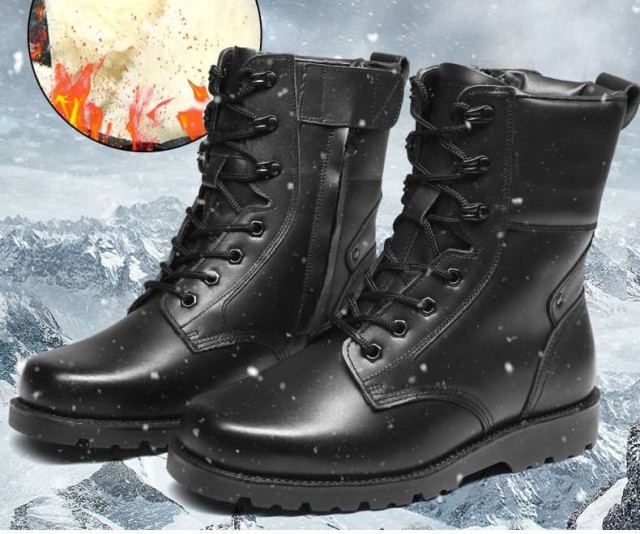Winter demands footwear that adapts to diverse conditions—whether navigating icy trails, enduring subzero temperatures, or slushing through urban streets. This article breaks down the engineering behind high-performance men’s snow boots, revealing how specific design elements address real-world winter challenges.
Technical Design Principles for Winter Adaptability
Rugged Construction: From Alpine Slopes to Urban Commutes
Snow boots bridge the gap between specialized mountaineering gear and everyday wear. Key materials include:
- Waterproof shells: PVC blends or nitrile rubber for moisture defense in wet urban environments.
- Reinforced uppers: Ballistic nylon or leather in alpine designs withstands abrasion, while urban versions use lighter synthetics for flexibility.
- Multi-density soles: Stiffer midsoles support rocky terrain, while flexible outsoles ease pavement walking.
Design Insight: Research shows boots with padded cuffs and molded soles reduce fatigue by 30% during mixed-use scenarios.
Insulation Technologies for Temperature-Specific Performance
Insulation isn’t one-size-fits-all:
- 200g Thinsulate: Ideal for active use in temperatures as low as -20°F, balancing warmth and breathability.
- 600g+ insulation: Reserved for static activities in extreme cold (below -40°F), often with removable liners for versatility.
Pro Tip: Snug-fitting boots with gaiters prevent snow ingress—critical for skiing or snowshoeing.
Traction Systems and Terrain-Specific Engineering
Outsole Science: Ice vs. Wet Pavement
- Deep lugs (8–10mm): Self-cleaning designs shed snow on trails.
- Micro-textured rubber: Enhances wet-surface grip by 40% compared to smooth soles, per ASTM slip-resistance standards.
Waterproofing: Balancing Breathability and Moisture Defense
Modern boots use:
- Breathable membranes: Allow sweat evaporation during high-output activities.
- Seam-sealed construction: Prevents leaks in prolonged slush exposure.
Case Study: Boots meeting ASTM F2913-11 waterproof standards maintain dryness after 12+ hours in melting snow.
Case Studies: Boot Performance in Extreme vs. Mixed Conditions
| Scenario | Key Features | Outcome |
|---|---|---|
| Arctic expedition | 600g insulation, double-layered uppers | Toe warmth maintained at -50°F |
| Urban winter commute | Lightweight PVC shell, 200g Thinsulate | Dry feet after 4 hours in sleet |
Ready for Winter? 3515 equips distributors and brands with engineered snow boots that marry technical precision with real-world versatility. From extreme cold to city streets, our designs ensure performance without compromise. [Contact 3515] to explore bulk solutions tailored to your market’s winter needs.
Human Touch: These technologies aren’t just specs—they’re the difference between enduring winter and conquering it.
Related Products
- Durable Mid-Cut Tactical Boots for Wholesale & Private Label
- Wholesale Durable Mid-Cut Tactical Boots for Custom & Private Label Brands
- Durable Military Combat Boots with Water Drainage for Wholesale & OEM
- Durable Leather Work Boots for Wholesale & Custom OEM Manufacturing
- Wholesale High-Traction Camo Boots - Custom Manufacturer for Brands
Related Articles
- How Tactical Boots Solve Real-World Challenges: From Work Sites to Wilderness
- How Tactical Boots Deliver Long-Term Value: A Cost & Performance Breakdown
- How Tactical Boots Solve Critical Challenges in Law Enforcement Operations
- How Tactical Boots Solve Everyday Challenges: From City Streets to Job Sites
- How to Verify Tactical Boot Reliability for Life-Saving Performance



















